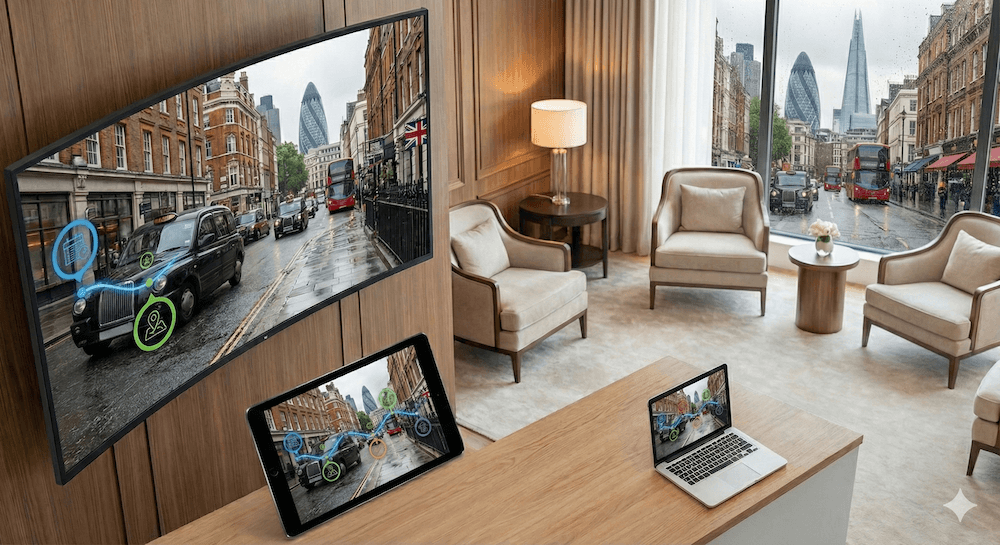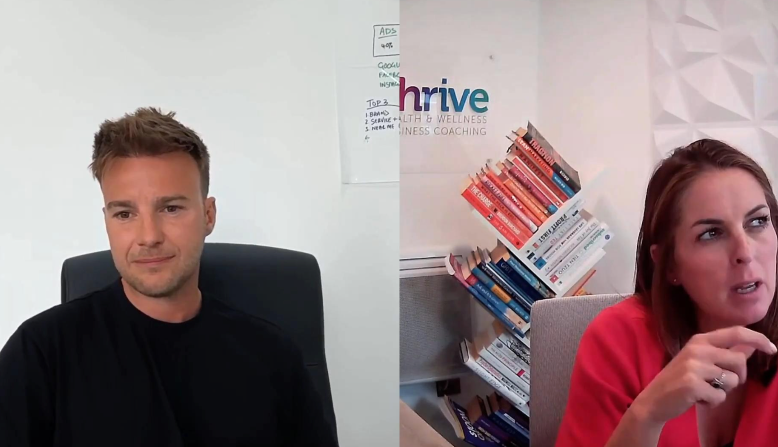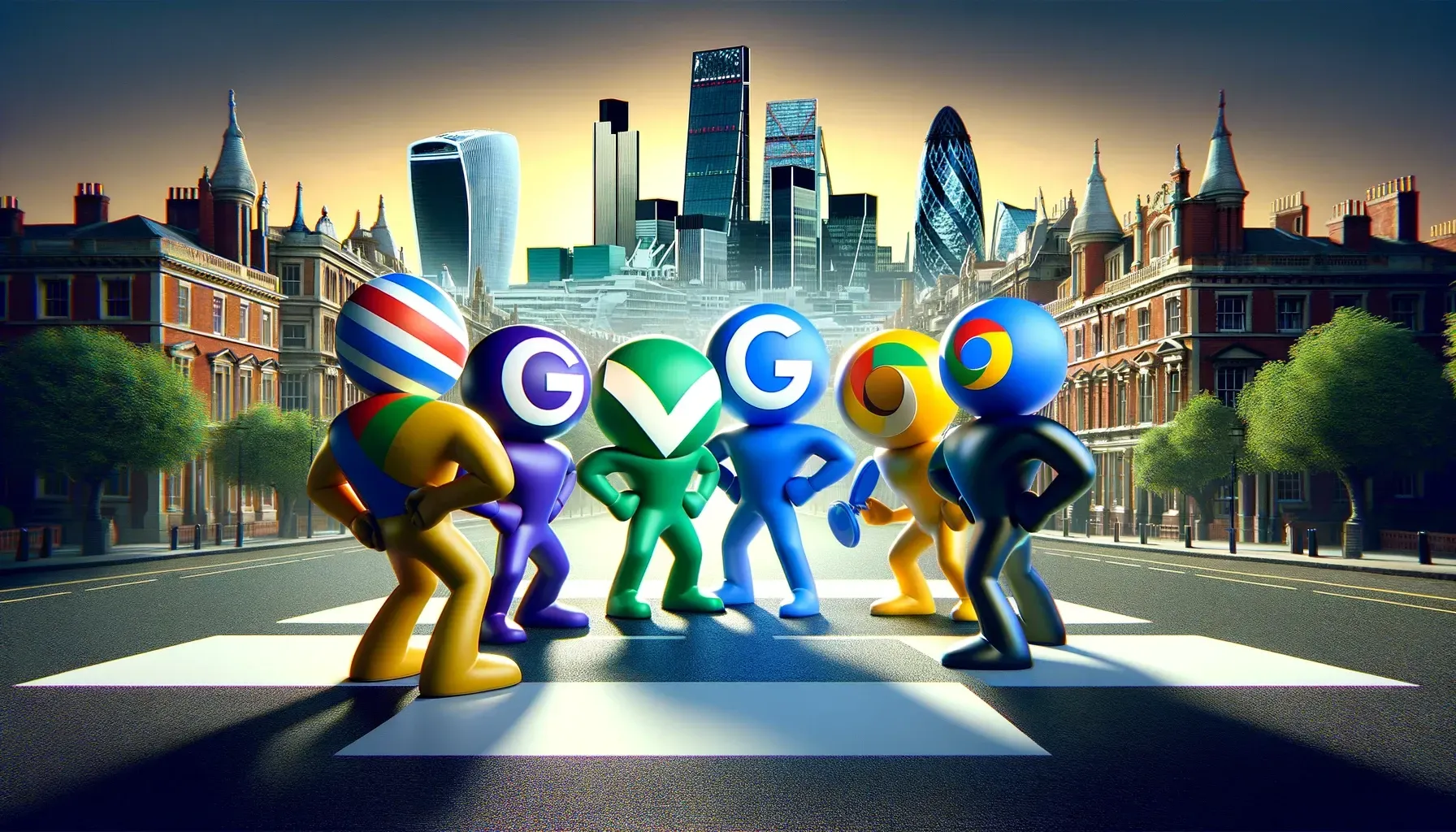Determining Marketing Patient Acquisition Cost To Fuel Your Clinic's Growth
It's all very well launching marketing campaigns that will bring in new customers, but if you don't know the cost to aqcuire a patient, how do you know what is working? And if you need to know what is working, how do you know where to spend for future growth? Put simply, you don't.
Understanding your patient acquisition cost (PAC) is the most critical metric for clinics and their marketing agencies to increase their clinic's bottom line.
It's common in healthcare marketing: agencies invest in marketing campaigns without the necessary systems to accurately attribute their success. For instance, adding a chat widget to a site without clearly understanding which chats lead to conversions or labelling all calls from Google ads as 'leads'. This lack of precision can lead to misguided spending and missed opportunities.
Identifying the leads that successfully convert into patients is the key to understanding what's truly effective in your marketing strategy. Without this knowledge, your spending may not be directed to the most beneficial areas, leading to wasted resources and a missed chance for sustainable growth.
What is patient acquisition cost?
PAC stands for Patient Acquisition Cost (PAC), which represents the amount spent on acquiring a new patient for your healthcare practice. You or your marketing agency must be well-informed about these figures to ensure sustainable clinic growth.
It serves as the primary metric for evaluating the effectiveness of your marketing spend. The goal is to minimize this cost relative to your customer's lifetime value (CLV). It also serves as the foundation for your clinic's growth, as understanding exactly how much it costs to acquire a patient enables you to plan your clinic's growth effectively.
How do you determine patient acquisition cost?
It is essential to define the elements that contribute to deciding on PAC.
- Cost per lead (CPL): The cost to acquire a lead.
- Patient Conversion Rate (PCR): Your lead-to-sale conversion rate
- Patient Acquisition Cost (PAC): The cost to acquire a new patient
To determine your patient acquisition cost, you use this simple formula:
Cost Per Lead / Conversion Rate = Patient Acquisition Cost
Clinics that partner with Klatch often experience a cost per lead (CPL) of about £25, resulting in a patient acquisition cost of £35.71 with a 70% lead-to-sale conversion rate.
This informs you that if you spend £700 on marketing next month, you'll bring in an average of 20 new patients. If your customer lifetime value is £500, this will result in £10,000 of new business.
Future planning and marketing spending becomes much simpler when you know your true PAC and can adjust your marketing spending based on your growth goals.
Why is getting an actual patient acquisition cost so difficult for clinics?
This all begins with setting up the correct lead attribution. You can only obtain a valid CPL if you track new leads effectively across all routes, including calls, forms and emails.
With a valid CPL, it's possible to determine your clinic's PAC.
This is the primary reason we have set up our unique lead tracking software: to enable clinics and their marketing agencies to obtain a valid CPL by tracking calls, forms, emails, chat widgets, etc. Once this is in place, you can determine your valid PAC.
How can understanding your actual PAC fuel growth?
When you understand precisely how much revenue you generate from your marketing spend, your marketing actions become much more accountable. It becomes more of a 'put this much money in' to 'get this much money out' scenario. It's a very nice scenario for a clinic owner and much less arbitrary than most current approaches.
On top of that, you can start to decipher channel performance MoM and plan accordingly. Let's say your Google Ads PAC increases 20% to £42 MoM. As a marketing agency or clinic owner, this is extremely powerful as you know exactly where your previous month's inefficiencies lie and can plan accordingly. This ensures that lead figures are much more stable and sustainable over time.
At Klatch, we use PAC as our clinic's north star metric, which enables us to understand marketing performance and truly build sustainable clinic growth.












